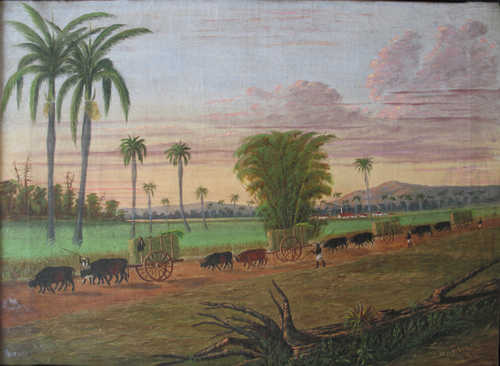Keywords: Cooper
Item 16966
North Union School, Cooper, 1905
Contributed by: Alexander-Crawford Historical Society Date: 1905 Location: Cooper Media: Photographic print
Item 14757
Genealogy of the Cooper family sampler, ca. 1832
Contributed by: Maine Historical Society Date: circa 1832 Location: Pittston Media: Silk on linen
Item 83226
Cooper property, Seashore Avenue, Peaks Island, Portland, 1924
Owner in 1924: Clara F. Cooper Use: Summer Dwelling
Item 85852
Cooper property, Island Avenue, Peaks Island, Portland, 1924
Owner in 1924: Clara I. Cooper Use: Dwelling
Item 150478
Residence for Arthur H. Cooper, Auburn, 1891
Contributed by: Maine Historical Society Date: 1891 Location: Auburn Client: Arthur H. Cooper Architect: George M. Coombs
Item 150273
Somerset County Cooperative Extension Service building, Skowhegan, 1977-1978
Contributed by: Maine Historical Society Date: 1977–1978 Location: Skowhegan Client: Somerset County Cooperative Extension Architect: Eaton W. Tarbell
Exhibit
For the Union: Civil War Deaths
More than 9,000 Maine soldiers and sailors died during the Civil War while serving with Union forces. This exhibit tells the stories of a few of those men.
Exhibit
Carlton P. Fogg, Advocate for Vocational Education
Carlton P. Fogg (1899-1972) was passionate about vocational and technical education. While teaching at the high school level in Waterville, Fogg's lobbying and letter-writing helped create the Kennebec Valley Vocational Technical Institute in 1969.
Site Page
Swan's Island: Six miles east of ordinary - Islanders at Work
"… both fresh and for salting, blacksmiths, coopers, a medicinal fish oil factory, and continued boat building."
Site Page
Farmington: Franklin County's Shiretown - Corn Canning Industry
"Franklin Farm Products Cooperative, established in 1929 was the last cannery to disappear from Farmington’s landscape in 1969."
Story
Maine and the Atlantic World Slave Economy
by Seth Goldstein
How Maine's historic industries are tied to slavery
Story
Portland in the 1940s
by Carol Norton Hall
As a young woman in Portland during WWII, the presence of servicemen was life changing.
Lesson Plan
Grade Level: 3-5, 6-8, 9-12
Content Area: Social Studies, Visual & Performing Arts
"In the four quarters of the globe, who reads an American book?" Englishman Sydney Smith's 1820 sneer irked Americans, especially writers such as Irving, Cooper, Hawthorne, and Maine's John Neal, until Henry Wadsworth Longfellow's resounding popularity successfully rebuffed the question. The Bowdoin educated Portland native became the America's first superstar poet, paradoxically loved especially in Britain, even memorialized at Westminster Abbey. He achieved international celebrity with about forty books or translations to his credit between 1830 and 1884, and, like superstars today, his public craved pictures of him. His publishers consequently commissioned Longfellow's portrait more often than his family, and he sat for dozens of original paintings, drawings, and photos during his lifetime, as well as sculptures. Engravers and lithographers printed replicas of the originals as book frontispiece, as illustrations for magazine or newspaper articles, and as post cards or "cabinet" cards handed out to admirers, often autographed. After the poet's death, illustrators continued commercial production of his image for new editions of his writings and coloring books or games such as "Authors," and sculptors commemorated him with busts in Longfellow Schools or full-length figures in town squares. On the simple basis of quantity, the number of reproductions of the Maine native's image arguably marks him as the country's best-known nineteenth century writer. TEACHERS can use this presentation to discuss these themes in art, history, English, or humanities classes, or to lead into the following LESSON PLANS. The plans aim for any 9-12 high school studio art class, but they can also be used in any humanities course, such as literature or history. They can be adapted readily for grades 3-8 as well by modifying instructional language, evaluation rubrics, and targeted Maine Learning Results and by selecting materials for appropriate age level.



















